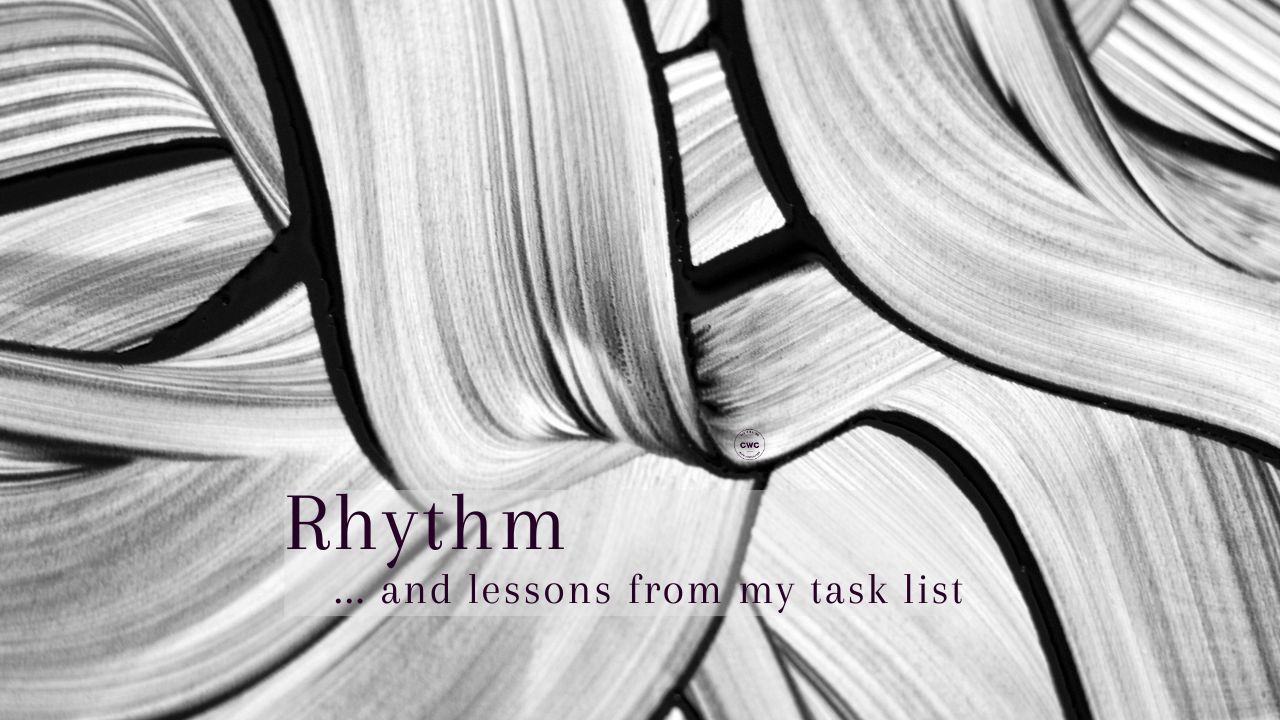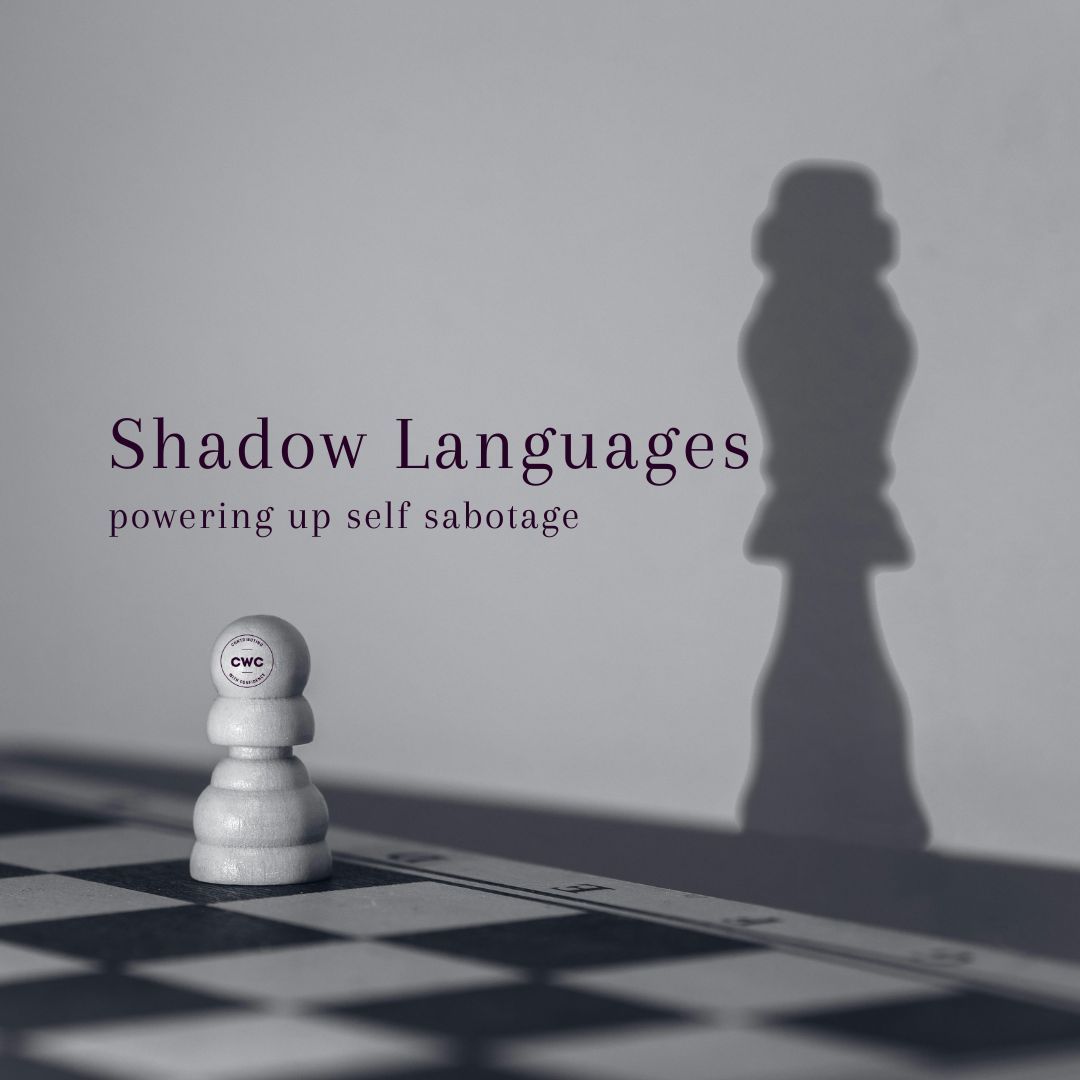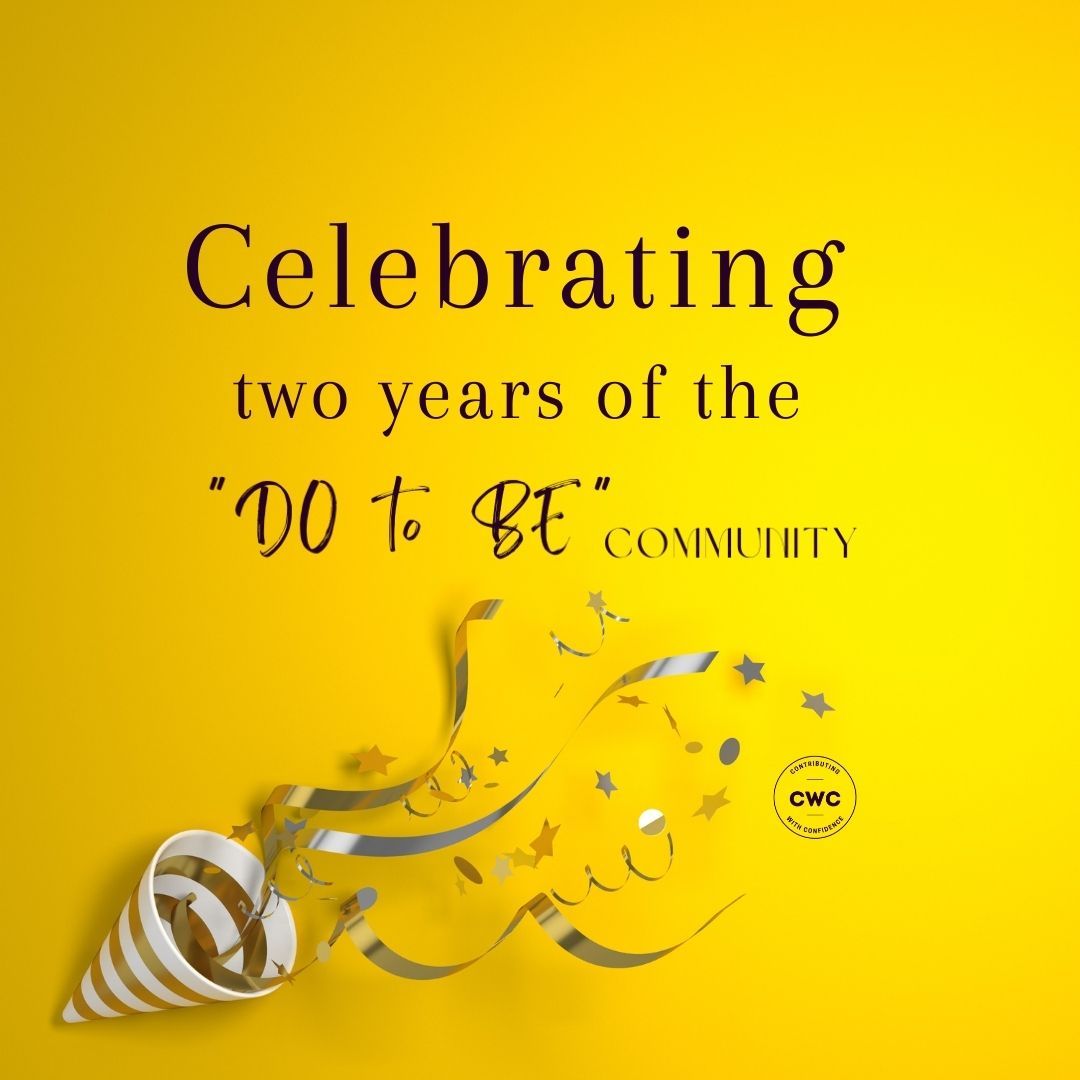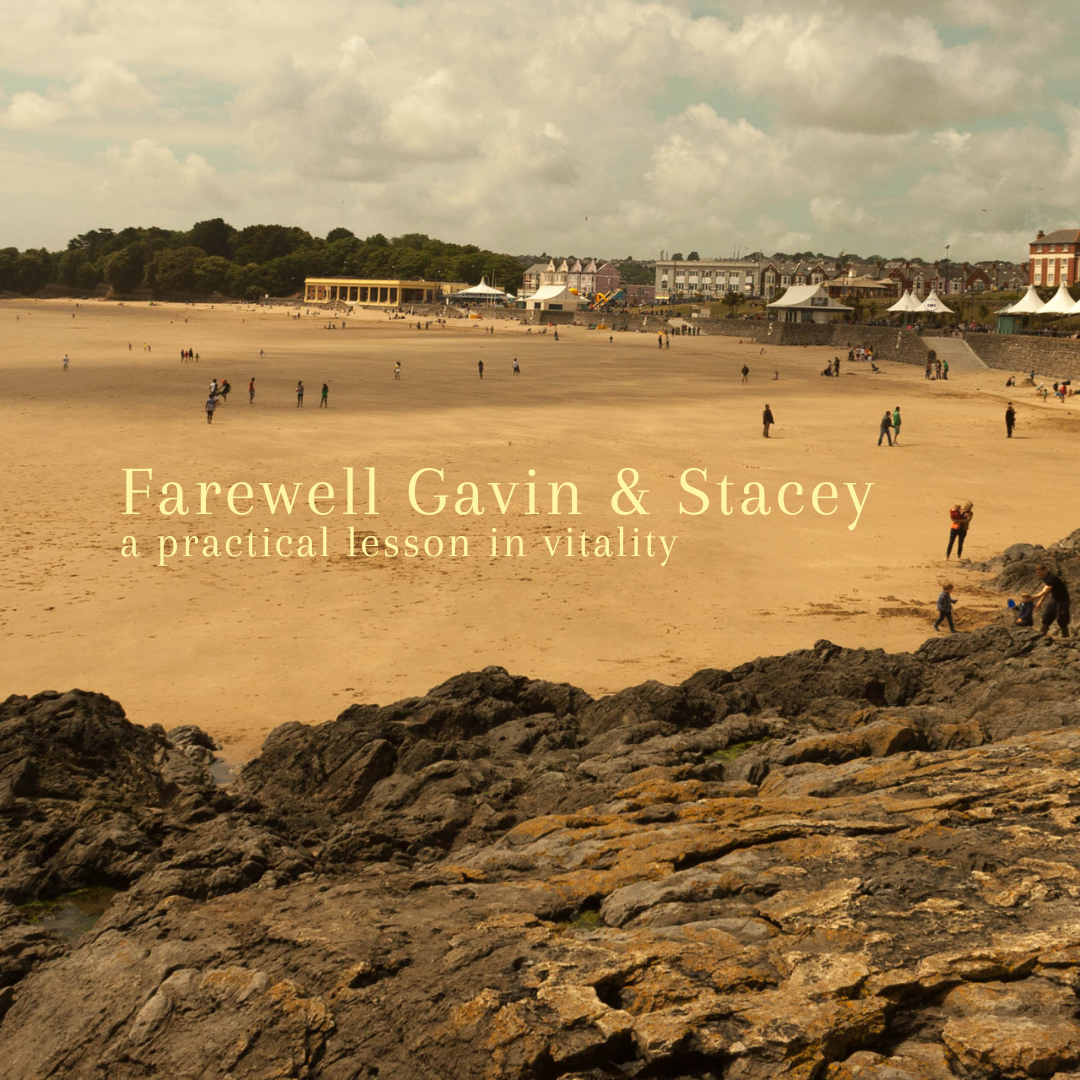Yes, but how do I know *that* is for the best?!
Alison Randle • 9 June 2021
Interventions and actions: YBRANII, STiP and why proper washing up beats a dishwasher

What if you do it? What if you don’t? How do you know for sure what’s best?
Sometimes planning feels more like jeopardy than anything else. Perhaps benign neglect would be for the best? However, unless we’re talking about supporting bees with wild herbs in Spring (aka letting those dandelions grow), you are probably savvy enough to be able to take a broader view of things and get those decisions made.
I first came across YBRAN in an antenatal book, NCT I think, where it is a useful little mnemonic to aid decision making in the thick of childbirth. I have added a couple of ‘I’s because everything is friendlier with eyes, but also because it is helpful to add some systems thinking to the exercise.
Start by thinking about an action you are considering – large or small, perhaps part of a project, or maybe an email you need to send. Then run these questions over it:
Y Why do we need to do this?
B What are the benefits?
R What are the risks?
A What are the alternatives?
N What happens if we do nothing?
I What are the implications?
I What else does this influence?
These last two are particularly useful for the bigger picture. I have written before about the anatomy of a system where things influence other things, because we do not operate in a vacuum. Consider now the boundary of the current system that you are working in. Is it in the right place? By that I mean, if you are sending an email, the system boundary is probably not drawn to only include you and the person you are communicating with. It probably isn’t drawn so wide to include the whole sector, but it could be drawn to include the two of you and part, or all, of your organisation, your respective organisations, or the project and beneficiaries.
Once your boundary is in place, take a little time to consider the interactions within that system: the flow of influence, power, time & energy, resources, effort, celebration, and whatever else is pertinent. You may find yourself sketching some of these relationships out to create a little mindmap or spidergram. Let rip with those arrows – it will really help you to understand the dynamics and any lurking bear traps.
Now loop back to re-do the YBRANII then add the single most important aspect of systems thinking in practice: daydreaming. Go for a walk, do the washing up, make the office coffee. Whatever you do, just step away from your desk for a bit and let your subconscious mull on it. Insight will magically dawn – sometimes as thunderbolt, but more usually a feeling of knowing and a gentle ‘Aha’ as you rinse the suds off a mug.
Now you know you are well placed for your next step.










